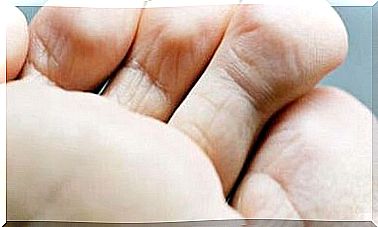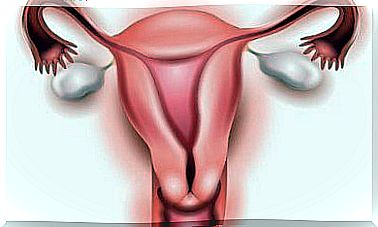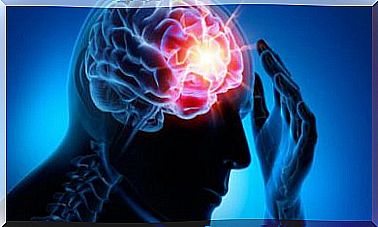What Are Thrombosed Hemorrhoids And How Do You Identify Them

Hemorrhoidal disease is the most common proctological disease and one of the main reasons why people go to the doctor. 5% of the world’s population has symptoms associated with it and, after the age of 50, there is a prevalence of 50%. Thrombotic hemorrhoids are the most serious form of hemorrhoidal disease.
Although hemorrhoids are very common in adulthood, the thrombotic form requires immediate medical attention. The pain is so severe and stinging that in some cases the patient cannot even get up. If you want to know more about thrombosis hemorrhoids, read on.
What are thrombosed hemorrhoids?
According to the National Library of Medicine in the United States, hemorrhoids are inflamed veins around the anus or lower rectum. Based on their location and symptoms, they are differentiated into internal and external.
In general, external ones cause more discomfort, but both types generate superficial bleeding during stools. As indicated by the Proctology Clinic, there are different degrees of hemorrhoids, from mild to thrombotic. Their characteristics are the following:
- Grade I: Hemorrhoids are completely internal. Varicose veins located under the rectal mucosa increase and stand out. This is the typical thickening of the veins.
- Grade II: Inflammation progresses and the veins come out of the anal canal, almost always after bowel movements, leading to visible prolapse. Shortly after defecation efforts, the prolapse disappears and the structures return to their place on their own.
- Grade III: The prolapse is continuous, ie the hemorrhoids are visible on the outside at any time, but can be pushed manually inwards.
- Grade IV: Due to poor circulation in the prolapsed vein, a clot appears. This is the case with thrombotic hemorrhoids. The prolapse cannot be pushed inwards, not even manually.
Therefore, a thrombotic hemorrhoid is one in which a blood clot has formed that prevents optimal flow in the affected area. If you have this condition, the only option is to seek medical attention quickly.
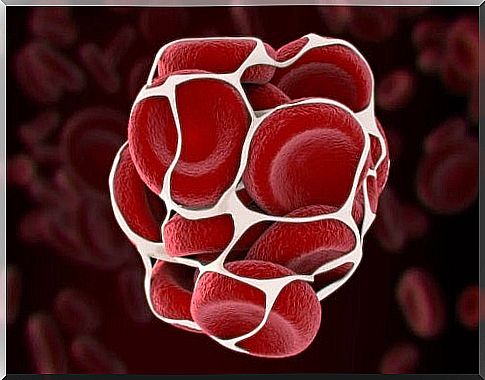
The main symptoms
According to the Colorectal Surgery portal, the patient with thrombotic hemorrhoids suffers intense, continuous, stabbing pain. This discomfort is no longer related to defecation, and the affected person cannot even get up.
Before reaching this point, the disease can be detected based on other clinical signs, depending on the type of hemorrhoids (internal or external). Some of the symptoms are:
- Itching or irritation in the anal area (when there are external hemorrhoids)
- Pain or discomfort
- Inflammation around the anus (and outside)
- Bleeding: bright red, like an open wound. Unlike ulcers and other events that occur in the upper gastric tract, defecation of black stools occurs because the blood has been partially digested.
We recommend that you consult a doctor for any of these symptoms to avoid hemorrhoidal thrombosis. Rectal bleeding is caused by hemorrhoids or even worse.
What causes thrombotic hemorrhoids?
According to sources already cited, hemorrhoids occur when there is too much pressure on the veins around the anus. The Mayo Clinic says that some of the causes are the tension generated by trying to empty the intestines, the long periods of time spent in the toilet, obesity and a low-fiber diet.
In addition, relatively common events, such as hypertension or sitting for too long at work, can be triggers. Hemorrhoids do not occur for a specific cause; most are produced by a set of simultaneous events.
How are thrombosed hemorrhoids diagnosed?
As indicated by the Health Library , the proctologist will examine the patient’s anus and rectum using a proctoscope. This device is a short metal tube (15 cm long), which is lubricated and inserted into the rectum.
Due to this, the doctor can detect mild and thrombotic hemorrhoids and anal polyps. In order for the patient not to feel discomfort, the doctor can apply local anesthesia in the area he will analyze. Sometimes this is not necessary. Manual examination (insertion of a finger into the anus) is sufficient in many cases.
Treatment available
The approach can be surgical and non-surgical. We will review each option in the following lines.
Non-surgical
As the portals mentioned above indicate, lighter cases require a conservative approach. If the clot formed more than 72 hours ago, your doctor will prescribe home care. These consist of:
- Use of anti – inflammatory creams and suppositories to relieve pain
- Bathe with lukewarm water for 10 to 15 minutes, 4-5 times a day, to avoid acute episodes
- Analgesics for pain relief
- Dietary changes, especially in obese patients or pregnant women
Surgical
The surgical approach is divided into two types: thrombectomy and hemorrhoidectomy. The first of these procedures is to drain the thrombus from the external hemorrhoid. The surgeon will do this under local anesthesia through an outpatient incision.
The chances of recurrence are high. In case of hemorrhoidectomy, the surgeon will remove the hemorrhoids. The procedure may be performed on an outpatient basis or may require hospitalization, always under local anesthesia and with medical assistance. This is the most appropriate and appropriate treatment in most cases, because it puts an end to the problem.
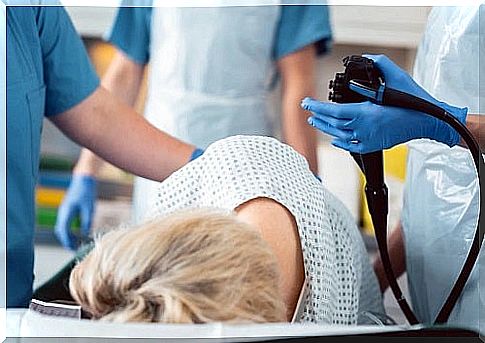
prevention
In many cases, prevention of hemorrhoids is not possible. Human beings are increasingly sedentary nowadays, because many jobs involve prolonged activities (more than 7 hours) in the same position in front of a computer. Whatever the case, you can follow certain tips to avoid thrombosis. These are the following:
- Eat high-fiber foods and take dietary supplements, always as directed by a doctor or nutritionist. The dietary fiber content should be 30 g (1.2 oz) per day.
- Drink plenty of fluids. They can soften the stool and reduce tension during defecation.
- Exercise and avoid a sedentary lifestyle. A healthy lifestyle not only prevents thrombotic hemorrhoids, but also high blood pressure and diabetes.
Pay attention to the blood in the stools
Thrombotic hemorrhoids are a rare complication, as this condition often has mild, at most annoying, forms. However, in case of any symptoms, it is best to consult a specialist immediately. If you have reddish blood in your stool or need a lot of effort to defecate, then we recommend that you go to a nutritionist. This is the only way to avoid complications.


